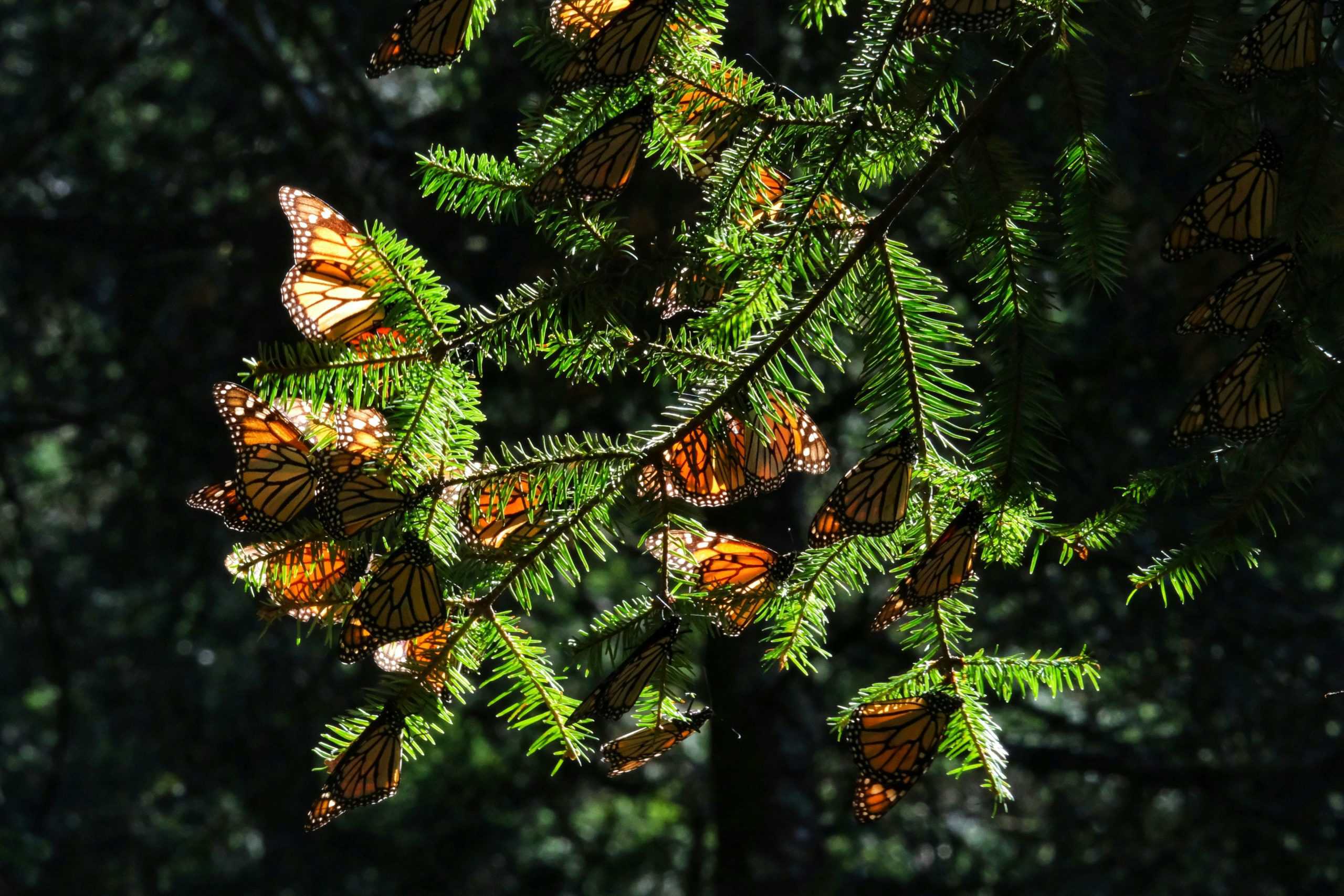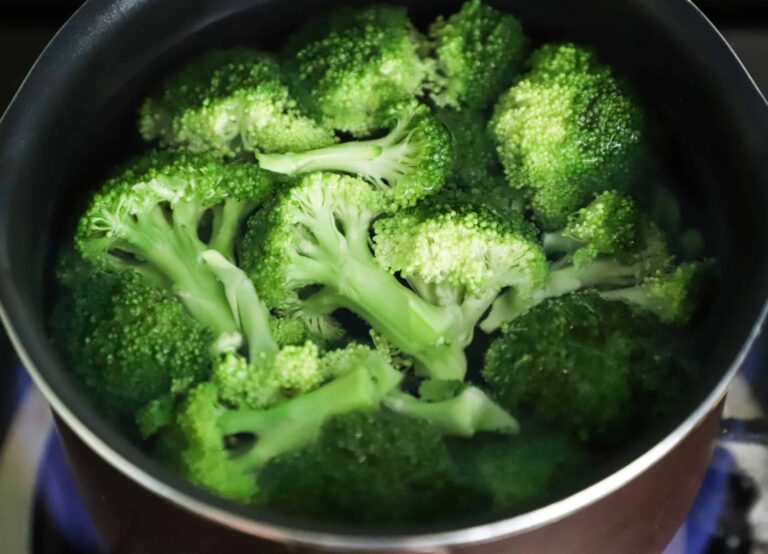Arriving Now | Oklahoma Monarchs Reclaim October’s Butterfly Highway – 6 Places to See Them
Each October, the skies shimmer with the orange-and-black wings of migrating Oklahoma monarchs. Drawn by geography, climate, and native flora, Oklahoma serves as a vital corridor in the monarchs’ long journey from Canada to their overwintering grounds in central Mexico. This seasonal spectacle offers not only a visual feast but also a chance to understand and support one of nature’s most remarkable migrations. From prairie preserves to urban gardens, six key locations across the state provide prime viewing and habitat support for these delicate travelers.
Why Oklahoma Monarchs Converge Here
Oklahoma monarchs are part of the eastern population that travels up to 3,000 miles annually. The state’s central location places it directly in the migratory path, offering a mix of nectar-rich wildflowers, native milkweed, and temperate conditions that make it a critical stopover. Monarchs typically pass through Oklahoma from late September through mid-October, resting and refueling before continuing south. Their journey begins in southern Canada and the northern U.S., and ends in the oyamel fir forests of Michoacán, Mexico.
What Monarchs Need to Survive the Journey

During migration, monarchs rely on nectar sources for energy and milkweed for reproduction. While fall migrants won’t lay eggs until spring, milkweed remains essential for the next generation. Nectar plants like goldenrod, liatris, and native asters are crucial fuel stops. Monarchs also need shelter from wind and predators, which they find in tree canopies and tall grasses. Clean water sources and pesticide-free zones further enhance their survival odds.
Threats Facing Oklahoma Monarchs

Habitat loss, climates changing, and pesticide use are the monarchs’ biggest threats. Urban development and agricultural expansion have reduced native plant populations, while herbicides eliminate milkweed from roadsides and fields. Extreme weather events—droughts, heatwaves, and early frosts—can disrupt migration timing and reduce food availability. Light pollution and vehicle traffic also pose risks during nighttime roosting and daytime flight.
How to Support the Migration
Supporting Oklahoma monarchs begins with planting native species. Milkweed varieties like Asclepias tuberosa (butterfly weed) and Asclepias viridis (green antelopehorn) are ideal for Oklahoma soil. Nectar plants should bloom through fall to sustain late migrants. Avoiding pesticides, reducing lawn space, and creating pollinator gardens all contribute to monarch-friendly habitats. Citizen science projects like Monarch Watch and Journey North allow individuals to tag and track butterflies, contributing valuable data to conservation efforts.
Six Places to See Monarchs in Oklahoma (North to South)

Tallgrass Prairie Preserve – Pawhuska
Located in Osage County, this 39,000-acre preserve offers sweeping views of native prairie and is one of the best places to witness monarchs roosting in trees and feeding on wildflowers. The preserve’s-controlled burns and native plant restoration make it a monarch magnet during peak migration.
Oxley Nature Center – Tulsa
Nestled inside Tulsa’s Mohawk Park, Oxley Nature Center features meadows, wetlands, and woodlands that attract monarchs throughout October. Educational programs and guided walks often coincide with migration season, making it a great spot for families and photographers.
Lake Thunderbird State Park – Norman
This central Oklahoma park combines lake views with pollinator gardens and native prairie restoration. Monarchs can be seen fluttering along trails and gathering near the water’s edge. The park’s Monarch Waystation is part of a national network supporting butterfly conservation.
Chickasaw National Recreation Area – Sulphur
Known for its mineral springs and wooded trails, this southern Oklahoma gem provides shelter and nectar sources for migrating monarchs. The area’s blend of riparian zones and open fields creates ideal conditions for both resting and feeding.
Tishomingo National Wildlife Refuge – Tishomingo
Located near the Texas border, this refuge offers wetlands, bottomland hardwoods, and native grasslands that support monarchs during their final Oklahoma monarchs stop. Observation decks and walking trails provide excellent viewing opportunities.
Red Slough Wildlife Management Area – Idabel
In the southeastern corner of the state, Red Slough’s marshes and moist soil units attract monarchs in large numbers. The area’s biodiversity makes it a hotspot not just for butterflies, but for birders and nature enthusiasts alike.
Final Thoughts
Oklahoma monarchs are more than a seasonal wonder—they’re indicators of ecological health and resilience. Their migration is a shared journey across borders, landscapes, and generations. By protecting habitats, planting native species, and participating in conservation efforts, communities across Oklahoma can ensure that this breathtaking migration continues to grace the skies each fall. Whether standing in a prairie preserve or tending a backyard garden, every action helps sustain the monarch’s path.






